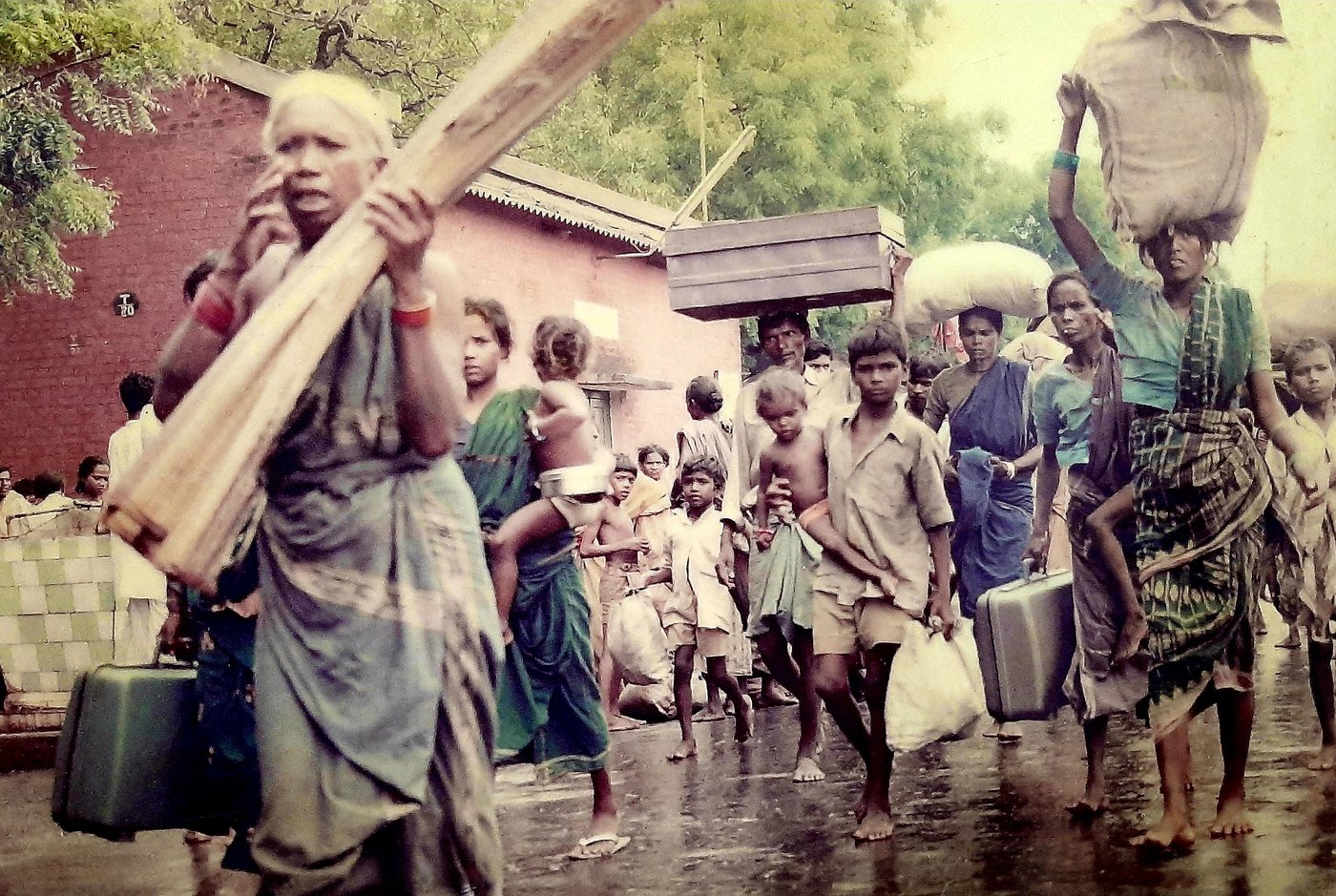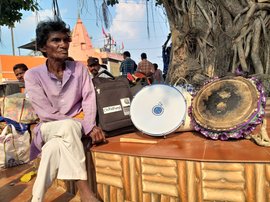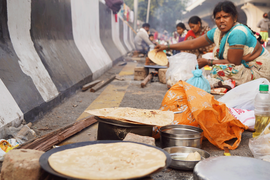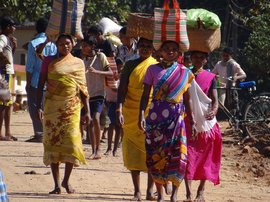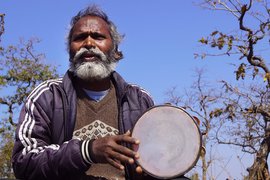I was born in the undivided Kalahandi district, where drought, starvation, hunger-driven deaths and distress migrations were an integral part of people’s lives. As a young boy and later as a journalist, I witnessed and reported these matters vividly and rigorously. So I have an understanding of why people migrate, who migrates, what conditions force them to migrate, how they earn their livelihood – working way beyond their physical strength.
It was also ‘normal’ that when they were most in need of government support, they were abandoned. Without food, without water, without transport and compelled to walk hundreds of kilometres to distant places – many of them without even a pair of chappals.
It hurts me, since I have an emotional alignment, a connection with the people here – as if I were one of them. For me, they are certainly my people. So I was badly disturbed and felt helpless seeing the same people, the same communities, take yet another beating. That provoked me – and I am no poet - to pen these words and verse.
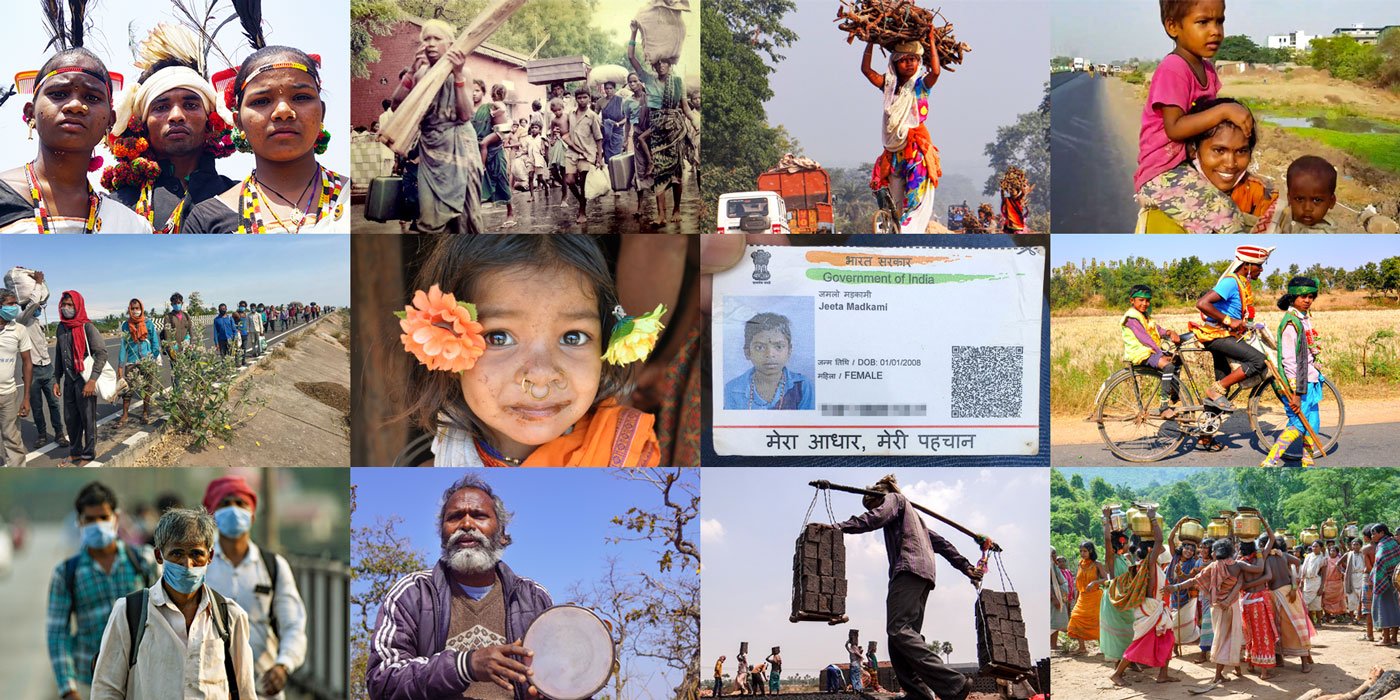

I am no poet
I am a photographer
I have photographed young boys
with headdresses, and
ghungroos
garlands around their neck.
I have seen boys
full of merry exuberance
cycling away on these same roads
where they are fire-walking home now.
Fire in the belly
Fire under their feet
Fire in their eyes
They walk on hot embers
scorching the soles of their feet.
I have photographed little girls
with flowers in their hair
And eyes smiling like water
Those, who had eyes
like my daughter’s –
are these the same girls
who now cry for water
with their smiles
drowning in their tears?
Who is this dying by the roadside
So close to my home?
Is this Jamlo?
Was that Jamlo I saw
leaping about barefoot
in green red chilli fields,
plucking, sorting, counting chillies
like numbers?
Whose hungry child is this?
Whose body is melting,
wilting by the roadside?
I have photographed women
young and old
Dongria Kondh women
Banjara women
Women dancing with brass pots
on their heads
Women dancing with joy
in their feet
These are not those women –
their shoulders droop
what loads they carry!
No, no, these cannot be
Gond women with
headloads of firewood
briskly walking on the highway.
These are half-dead, hungry women
With one cranky child on her hip
and the other without hopes inside her.
Yes, I know, they look
like my mother and sister
But these are malnourished, exploited women.
These are women waiting to die.
These are not those women
They may look like them –
but they are not the ones
I photographed
I have photographed men
resilient, feisty men
A fisherman, a labourer in Dhinkia
I have heard his songs
drive giant corporations away
This is not him wailing, is it?
Do I even know this young man,
that old man?
Walking miles and miles
Ignoring the misery chasing them
to drive growing loneliness away
Who walks so long
to escape gloom?
Who walks so hard
to fight the raging tears?
Are these men related to me?
Is he Degu
finally fleeing from the brick kiln
wanting to go home?
Do I photograph them?
Do I ask them to sing?
No, I am no poet
I cannot write a song.
I am a photographer
But these are not the people
I photograph.
Are they?
The author would like to acknowledge Pratishtha Pandya for her valuable inputs as a poetry editor.
Audio: Sudhanva Deshpande is an actor and director with Jana Natya Manch, and an editor with LeftWord Books.
